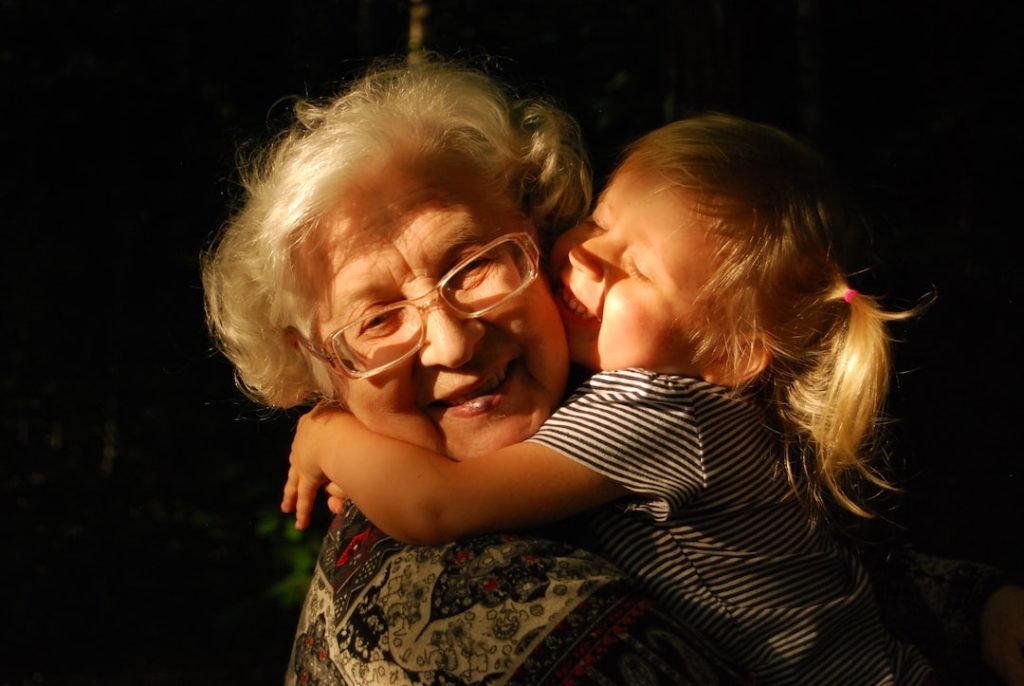

How to Describe Your Family in Spanish: 15 Vocabulary Words
Family holds a special place in Hispanic culture, with strong emphasis on the importance of family ties and relationships. In Spanish-speaking countries, family is often considered the cornerstone of society, and it plays a central role in the lives of individuals. Therefore, learning how to describe your family members in Spanish is not only useful for communication purposes, but it also allows you to better understand and appreciate the cultural values and traditions of the Hispanic community.
Table of Contents
ToggleKey Takeaways
- Describing your family in Spanish is an important skill for communication and building relationships.
- Basic vocabulary words for describing family members include madre, padre, hermano, hermana, abuelo, and abuela.
- To describe physical appearance in Spanish, use adjectives like alto, bajo, delgado, and gordo.
- When describing personality traits in Spanish, use adjectives like simpático, amable, and inteligente.
- Talking about family relationships in Spanish involves using words like primo, tío, and sobrino.
Basic Vocabulary Words for Describing Family Members
To begin describing your family members in Spanish, it is important to learn some basic vocabulary words. Here are some common family member vocabulary words in Spanish:
– Padre (father)
– Madre (mother)
– Hermano (brother)
– Hermana (sister)
– Abuelo (grandfather)
– Abuela (grandmother)
– Tío (uncle)
– Tía (aunt)
– Primo (cousin)
– Sobrino (nephew)
– Sobrina (niece)
Pronunciation tips:
– The letter “r” in Spanish is pronounced with a rolling sound, similar to the “tt” sound in the English word “butter”.
– The letter “j” in Spanish is pronounced like the “h” sound in the English word “hello”.
– The letter “ñ” in Spanish is pronounced like the “ny” sound in the English word “canyon”.
How to Describe Physical Appearance in Spanish
When describing physical appearance in Spanish, it is important to know how to use adjectives correctly. Here are some examples of adjectives to describe physical features:
– Hair: Rubio (blonde), Moreno (brunette), Pelirrojo (red-haired), Largo (long), Corto (short)
– Eyes: Azules (blue), Verdes (green), Marrones (brown), Negros (black)
– Height: Alto (tall), Bajo (short), Mediano (average height)
– Build: Delgado (slim), Gordo (fat), Musculoso (muscular)
To describe someone’s physical appearance, you can use the verb “ser” (to be) followed by the adjective. For example, “Mi hermana es alta y tiene el pelo largo” means “My sister is tall and has long hair.”
Describing Personality Traits in Spanish
Describing personality traits in Spanish allows you to paint a more complete picture of your family members. Here are some examples of adjectives to describe personality traits:
– Generoso/a (generous)
– Amable (kind)
– Divertido/a (funny)
– Inteligente (intelligent)
– Trabajador/a (hardworking)
– Tímido/a (shy)
– Extrovertido/a (outgoing)
– Paciente (patient)
To describe someone’s personality, you can use the verb “ser” followed by the adjective. For example, “Mi padre es generoso y amable” means “My father is generous and kind.”
Talking About Family Relationships in Spanish
In addition to describing individual family members, it is also important to be able to talk about family relationships in Spanish. Here are some phrases to describe relationships between family members:
– Mi hermano mayor – My older brother
– Mi hermana menor – My younger sister
– Mis abuelos paternos – My paternal grandparents
– Mis tíos maternos – My maternal uncles and aunts
– Mis primos hermanos – My cousins
To talk about family relationships, you can use possessive adjectives followed by the noun. For example, “Mi hermano mayor se llama Juan” means “My older brother’s name is Juan.”
Using Possessive Adjectives to Describe Family Members

Possessive adjectives are used to indicate ownership or possession. In Spanish, possessive adjectives agree in gender and number with the noun they modify. Here are the possessive adjectives in Spanish:
– Mi (my)
– Tu (your)
– Su (his/her/your – formal)
– Nuestro/a (our)
– Vuestro/a (your – plural, informal)
– Su (their/your – plural, formal)
To describe family members using possessive adjectives, simply use the possessive adjective before the noun. For example, “Mi hermana” means “My sister” and “Nuestros abuelos” means “Our grandparents.”
Describing Family Members’ Professions in Spanish
Describing family members’ professions in Spanish allows you to talk about their occupations and careers. Here are some vocabulary words for different professions:
– Médico/a (doctor)
– Abogado/a (lawyer)
– Profesor/a (teacher)
– Ingeniero/a (engineer)
– Arquitecto/a (architect)
– Enfermero/a (nurse)
– Cocinero/a (cook/chef)
– Artista (artist)
To describe someone’s profession, you can use the verb “ser” followed by the noun. For example, “Mi madre es médica” means “My mother is a doctor.”
Discussing Family Traditions and Customs in Spanish
Discussing family traditions and customs in Spanish allows you to share and learn about different cultural practices. Here are some phrases to use when discussing family traditions and customs:
– En mi familia, celebramos… – In my family, we celebrate…
– Todos los años, nos reunimos para… – Every year, we gather to…
– Es tradición en mi familia… – It is a tradition in my family…
– Nos gusta… – We like to…
– Siempre hacemos… – We always do…
For example, “En mi familia, celebramos la Navidad juntos” means “In my family, we celebrate Christmas together.”
Using Family Vocabulary in Everyday Conversations
Incorporating family vocabulary into everyday conversations allows you to practice and reinforce your language skills. Here are some examples of how to use family vocabulary in different situations:
– When meeting someone new: “Mucho gusto, soy María. ¿Y tú?” (Nice to meet you, I’m María. And you?)
– When talking about your family: “Tengo dos hermanos y una hermana” (I have two brothers and one sister)
– When describing someone’s appearance: “Mi abuela tiene el pelo blanco y los ojos azules” (My grandmother has white hair and blue eyes)
– When discussing family traditions: “En mi familia, siempre nos reunimos para celebrar el Día de Acción de Gracias” (In my family, we always gather to celebrate Thanksgiving)
Practice Exercises for Describing Your Family in Spanish
To practice using family vocabulary and describing family members in Spanish, try the following exercises:
1. Write a paragraph describing your immediate family members, including their names, ages, physical appearance, and personality traits.
2. Have a conversation with a partner where you take turns describing different family members using the vocabulary and phrases learned.
3. Create a family tree diagram and label each family member with their name and relationship to you.
Additional resources for practicing and improving Spanish skills include online language learning platforms, language exchange programs, and Spanish-language media such as books, movies, and music. Immersing yourself in the language and culture will greatly enhance your ability to describe your family in Spanish and communicate effectively with native speakers.
If you want to learn Norwegian, you can register for classes here. We look forward to hearing from you and helping you become fluent in Norwegian.





